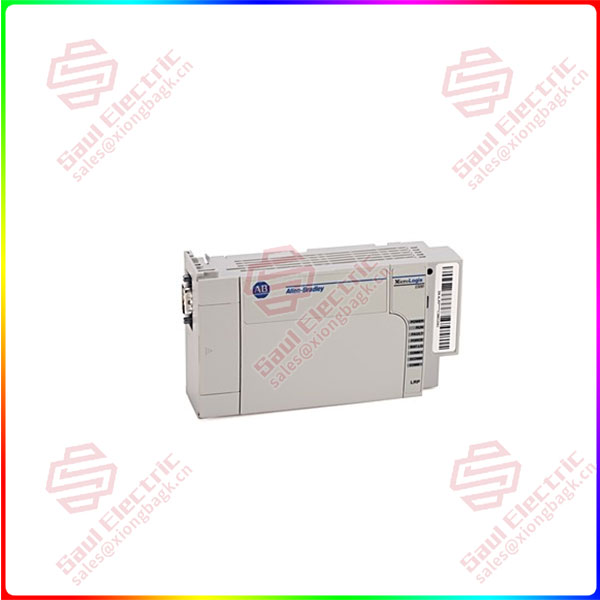When we talk about intelligent robots or intelligent manufacturing, the vision system may be the basis of all intelligent algorithms, intelligent execution.
Since 2021, industrial manufacturing has begun to move towards more sophisticated and flexible complex scenes, and machine vision technology has evolved from 2D to 3D driven by the scene. In the rise and competition of machine vision, domestic visual upstarts such as listed companies Obi Zhongguang, Merkamand robots, Kangsta, and Know Image Optoelectronics began to emerge and become the head enterprises in some segments.
According to the “2023 Machine vision Industry Development Blue Book” data released by Gaogong Robot recently, the size of China’s machine vision market in 2022 is 17.065 billion yuan (excluding the scale of automation integrated equipment), an increase of 23.51%. Among them, the 2D vision market size was about 15.224 billion yuan, an increase of 20.21%, and the 3D vision market was about 1.840 billion yuan, an increase of 59.90%.
The agency also predicts that by 2027, the size of the domestic machine vision market will increase to 56 billion yuan, with a compound growth rate of 30%, of which the 3D vision scale is close to 16 billion, with a five-year growth rate of more than 7 times, and a compound growth rate of 54%.
Lu Hanchen, director of Gaogong Robot Industry Research Institute, said that in the field of machine vision, including upstream lenses, light sources, chips, sensors, cameras, and downstream applications, a complete industry chain has been formed. At the same time, the concentration of 3D vision manufacturers is in the process of fission, the current volume of machine vision companies are relatively small, the echelon distribution is obvious, and the pattern of the future 3D camera market is expected to be reshaped.

1764-LPR
Relevant companies said that although most machine vision companies still use industrial robots as the main landing scene, 3D vision should be used in future industries such as unmanned or humanoid robots.
It’s still early days of commercialization
In July 2022, 3D vision enterprise Obi Zhongguang landed on the Kechuang Board. In July this year, the company announced a fixed increase refinancing plan to invest in more 3D vision research and development and industrialization projects. According to the data of Gaogong robot, the share of Obi 3D vision sensors in the domestic market reached more than 70%, leading the related industries.
“We think about how to use robots to let customers adapt to more scenarios, gradually increase the volume, and then follow the volume of the entire industry.” Zhong Lianghong, general manager of Obi Zhongguang robot product line, said in an interview with a 21st Century Business Herald reporter: “How to quickly seize market share, we may think less.” To do it wholeheartedly, solve some of the more difficult scenarios, will solve the adaptation problem, and make the customer more efficient.”
From the perspective of scale and volume, the current amount of 2D machine vision is more than one million units per year, but as the current cost is still high 3D vision system, its consumption is only about 10,000 units.
In other words, 3D vision is at an early stage of commercialization, both in terms of cognition and use.
For the preferred scene of 3D vision, Zhong Lianghong pointed out that the robot is in a three-dimensional world, and when it is necessary to have a perception of the three-dimensional world, especially when the geometric space needs to be sensed, 3D vision will be indispensable.
“Robotic arms do not have high recognition requirements when doing simple grasping, and 2D has its (cost) advantage at this time. But if it is a fine grasp, 3D will play a larger role, such as ensuring the accuracy of the grasp and not damaging the device.”
At the same time, Zhong Lianghong also pointed out that 3D and 2D are not substitute relationships, but complementary relationships.
“For example, our 3D camera is actually an RGBD camera, which is a combination of 2D and 3D to help the robot solve various problems.” “He said.
Yang Tao, co-founder of Zhixiang Optoelectronics, said that whether to use 3D vision solutions depends on three points, one is when the robot needs to have absolute perception of space; The second is when the object needs to be digitized or modeled; Third, in the detection scenario, because processing and detection are “not separated”, the demand for 3D detection is very huge.
 1 Year Warranty
1 Year Warranty





